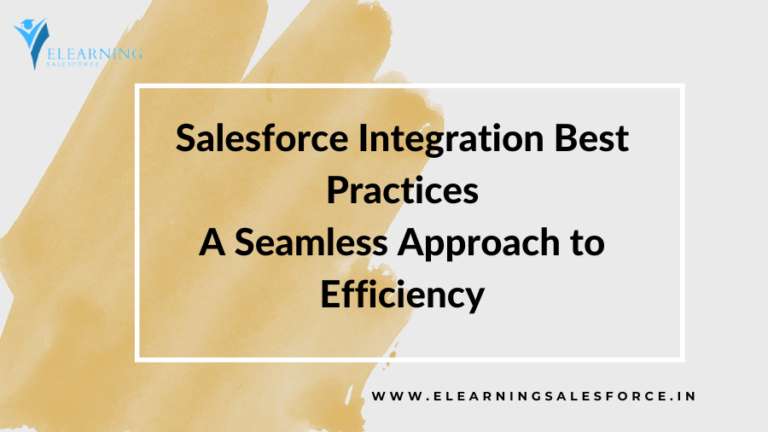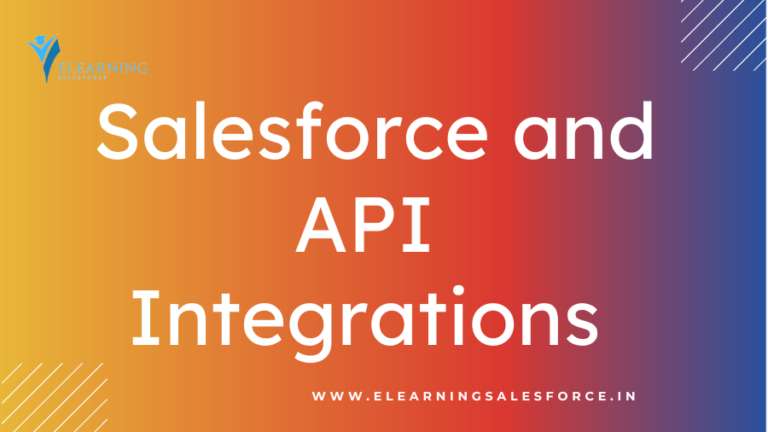Unveiling the truth behind Salesforce implementation! Is it a smooth ride or a complex maze (…)? Explore factors affecting implementation ease, discover best practices, and learn how to navigate the process for success. Click to learn more!
Dreaming of a streamlined sales process, booming customer relationships, and data-driven decision making? Salesforce, a powerhouse CRM platform, promises to deliver this dream on a silver platter. But before you dive headfirst into implementation, a crucial question lingers: Is integrating Salesforce into your business a smooth and sunny stroll down the path to CRM bliss, or a complex odyssey fraught with challenges? The truth, like most things in business, isn’t black and white. The ease of implementing Salesforce hinges on several factors, from your business size to the intricacies of your data structure. Fear not, intrepid entrepreneur! This guide will unveil the secrets to a successful Salesforce implementation, equipping you with the knowledge to navigate this potential game-changer for your business.
The Balancing Act: Factors Affecting Salesforce Implementation Ease
The question of whether Salesforce implementation is a walk in the park or a herculean feat depends on a unique blend of factors specific to your business. Let’s delve into some key considerations that can influence the complexity of the process.
1. Business Size and Complexity:
- Small Businesses: For a nimble startup or a small business with straightforward sales processes, implementing Salesforce can be a relatively smooth experience. The core functionalities offered by Salesforce often align well with the needs of smaller businesses, requiring minimal customization. With a focused data structure and a clear understanding of desired outcomes, a small business can leverage user-friendly tools and resources to get up and running quickly.
- Large Enterprises: Large enterprises with intricate workflows, diverse departments, and a vast customer base will likely face a more complex implementation process. Extensive customization might be required to tailor Salesforce to their specific needs. Additionally, migrating and cleansing large volumes of data from multiple sources can be a significant undertaking. This is where partnering with experienced Salesforce consultants can prove invaluable. Their expertise can streamline complex configurations and ensure a smooth data migration process.
2. Existing Data Structure:
- Clean and Organized Data: If your customer data is already well-organized and resides in a centralized location, migrating it to Salesforce will be a breeze. Clean data ensures accurate reporting, streamlined workflows, and a positive user experience within the platform.
- Siloed or Messy Data: Does the thought of your customer data send shivers down your spine? If your data is scattered across multiple spreadsheets, CRMs, or worse yet, exists only in paper form, then the implementation process might take a detour. Significant time and resources might need to be dedicated to data cleansing and consolidation before a successful migration to Salesforce can occur.
Best Practices for a Smooth Salesforce Implementation Odyssey
Conquering a successful Salesforce implementation requires careful planning, strategic execution, and a touch of user magic. Here are some best practices to ensure your journey is more “smooth sailing” than “stormy seas”:
1. Define Clear Goals and Objectives:
Setting sail without a destination in mind is a recipe for disaster. The same applies to Salesforce implementation. Before diving in, dedicate time to outlining your specific goals and objectives for using Salesforce. What areas of your sales process do you want to improve? How will Salesforce empower your marketing efforts? Clearly defined goals will guide your configuration decisions, user training, and ultimately, the success of your implementation.
Here are some prompts to get you started:
- Do you aim to improve lead generation and conversion rates?
- Is streamlining the sales pipeline a top priority?
- Do you want to gain deeper customer insights to personalize marketing campaigns?
By pinpointing your goals, you can tailor Salesforce functionalities to meet your specific needs and avoid implementing features that might add unnecessary complexity.
2. Clean Up Your Data:
Imagine trying to navigate a stormy sea with a faulty compass. Inaccurate or incomplete data is like that faulty compass, leading to unreliable reports, frustrated users, and ultimately, a hindered Salesforce experience. Before embarking on your implementation journey, dedicate time to cleaning up your customer data. This might involve:
- Identifying and Eliminating Duplicates: Having multiple entries for the same customer can skew your data and create confusion. Utilize data cleansing tools or manual processes to identify and eliminate duplicates.
- Filling in Missing Information: Incomplete customer data limits the power of Salesforce. Encourage your team to fill in missing information wherever possible during the data cleansing process.
- Standardizing Data Formats: Ensure consistency in data formats (e.g., date formats, phone number formats) for seamless data migration and analysis within Salesforce.
FAQ
1. How long does it take to implement Salesforce?
The answer, like most things in business, depends! Simple implementations for small businesses with basic needs might take as little as a few weeks. However, for large enterprises with complex customizations and data migration challenges, the timeframe can stretch to several months. Here are some factors that can influence the implementation timeline:
- Complexity of Customization: Extensive customizations to tailor Salesforce to unique business processes will naturally require more time to develop and implement.
- Data Migration Scope: The volume and quality of your existing data play a significant role. Migrating large amounts of messy data will require additional time for cleansing and consolidation.
- Internal Resources and Expertise: Having a dedicated team with Salesforce knowledge or partnering with experienced consultants can streamline the process and expedite implementation.
Pro Tip: Be realistic about your timeline expectations. While a rapid implementation might be tempting, rushing the process can lead to issues down the road. Factor in buffer time for unforeseen challenges and ensure a smooth user adoption experience.
2. What are the costs associated with implementing Salesforce?
The cost of implementing Salesforce encompasses several factors:
- Salesforce Licensing Fees: These fees depend on the specific Salesforce edition you choose (e.g., Essentials, Professional, Enterprise) and the number of users requiring access.
- Customization Costs (if applicable): If extensive customizations are needed, you might incur additional development fees.
- Consulting Fees (if applicable): Partnering with a certified Salesforce consultant can provide valuable expertise, but comes with associated consulting fees.
Here are some ways to manage costs:
- Start with a Core Implementation: Begin with the core functionalities offered by your chosen Salesforce edition and gradually introduce customizations as needed.
- Explore Pre-built Solutions: The Salesforce AppExchange offers a plethora of pre-built applications that can address specific business needs, potentially reducing the need for custom development.
- Consider Internal Resources: If your team possesses some Salesforce knowledge, you might be able to handle some configuration tasks in-house, reducing reliance on external consultants.
Conclusion
In conclusion, the journey to Salesforce implementation isn’t a one-size-fits-all adventure. Factors like business size, data structure, and customization needs all play a role in determining the complexity of the process. The good news? By following best practices like defining clear goals, cleaning your data, and prioritizing user training, you can navigate this journey with confidence. Remember, a successful implementation hinges on careful planning, strategic execution, and a user-centric approach.
Don’t be discouraged by the “People Also Ask” section. The potential roadblocks like implementation timelines and costs can be effectively managed with realistic expectations and a focus on cost-saving strategies. So, chart your course, leverage the valuable insights in this guide, and set sail towards a successful Salesforce implementation. Embrace the power of Salesforce to streamline your sales process, cultivate deeper customer relationships, and unlock new levels of data-driven decision making for your business. Finally, remember that a successful implementation is an ongoing process. Continuously monitor user adoption, adapt to evolving needs, and leverage ongoing support resources to ensure Salesforce remains a powerful asset on your path to business success.
you may be interested in this blog here
Which Companies Still Use SAP ERP Software (and Why)?




